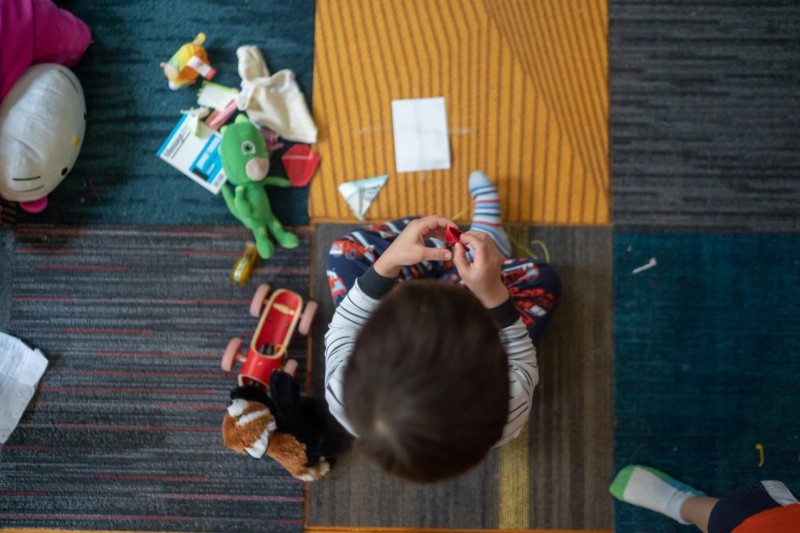by Jennifer Adams, Guest writer
“Kids, Stay Out of the Living Room!”
Thanks, so much for your question! I’m sorry to hear that you didn’t have your parents’ permission to “live” in your living room when you were a kid. But then again, you weren’t alone. In previous generations, many families felt it was proper to designate space in their home as a “living room.” These living rooms weren’t for daily living at all but were rather set apart primarily for the occasion of entertaining guests in the home. The cultural norm at the time prohibited kids from ever entering these “living rooms”; I know that was the case for many of my friends growing up!
But Really, Aren’t Houses for Living In?
I’m personally of the impression that houses really are for living in and making your own; fortunately, many families of today share a more relaxed attitude about that too, just as I know you do. In the tiny house I grew up in, we kid had permission to see every room as a potential playroom. We were given the flexibility to improvise, use our imaginations, and take advantage of whatever resources we had available to us. We’d get giant appliance boxes from the store and make forts in the middle of the living room. We’d also throw sheet sets over the dining room table and play under that. That was one of my favorite places to play, in fact, and it also had the advantage of being close to the kitchen!
Play Space Ideas for Adjacent Rooms
Young kids really do like to be near their parents, no matter what they’re doing. Do you have a dining room or other adjacent area that rarely gets used? That might be the perfect place to set up as a play space for your children. You can start by moving furniture out towards the sides in order to create more floor space. It would also be good to add some low shelves or baskets along one wall for toy and book storage. Once your kids are older, they’ll probably want to spend more time in their own rooms; at that point you can reclaim your dining room (or other adjacent room).
Make It So They Can See You … And You Can See Them
You didn’t say if you own your home, but if you do, you might consider doing a little modest remodeling to help open the space between you and your children’s play area. Your kids don’t just like to be in your adjacent vicinity; they also need to be able to see you from time to time. And for that matter, you’d probably benefit from having a better line-of-sight for monitoring their activities, too!
For example, if you spend a lot of time in the kitchen and you want to make the adjacent dining room into a play area, it might be easy to remove part or all a non-load-bearing wall. That way you can open both your kitchen and the dining room / playroom at the same time. On the other hand, if the adjacent space is an open family room, you could be intentional about rearranging the furniture so that there are fewer physical barriers between where you are and where your kids are playing.
Observe Where They Tend to Gravitate, and Try to Work with That
And here’s a lesson from a seasoned parent that you should probably learn now: it’s much easier to pay attention to where your kids naturally want to be and make that space more accommodating. It’s a more uphill battle to try and force them to play in some out-of-the-way place where they really don’t want to be. Believe me, everything will go a lot smoother if you can try to go with your kids’ natural flow and preferences when it comes to setting apart some play space for them. Please let me know what you decide to do and send pictures!
Make Your Home a Comfortable Space for Everyone in It
It’s important to help your kids feel like they have their own space, and it’s also important for you to make the rest of your home feel like a safe, comfortable place that reflects your individual personality and tastes, too.
Author Bio:
Jennifer Adams- Sleep expert, luxury bedding and professional interior designer Jennifer Adams is back to answer your questions and provide some helpful advice! Today, Jennifer responds to a reader’s question about how to create some designated play space for young children in the home:





